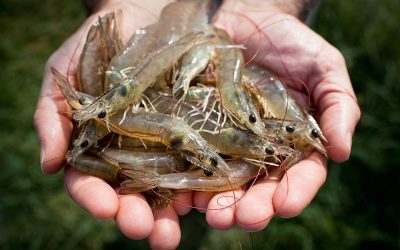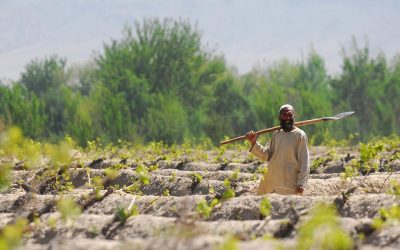How to minimise costs when buying feed
The ongoing drought, limited forage supplies, high hay prices, and rising grain prices have made managing feed costs extremely difficult for most Kansas cattle producers. US livestock specialist Karl Harborth explains some issues to think about when purchasing feeds.
flexible in the resources they obtain for their operation and feed them as
efficiently as possible. Producers should have all forages and by-products
tested for nutrient composition as content can be highly variable. Without the
feed test, producers may be spending money on an expensive protein or energy
supplement that was not needed or needed only in smaller amounts.
For
example, if a protein supplement is needed, evaluate the possible supplements
that you can purchase on the cost of each pound of protein available in these
supplements. Be sure to compare feed ingredients on a dry matter basis.
Limit wastage
Another way to conserve feed resources and
minimize cost is to limit wastage. One way to do so is to feed controlled
amounts of hay. A dry, pregnant cow will eat 20 to 30% more hay than her needs
when allowed free access to hay. A study from Purdue estimates that hay refused
or wasted when cows were fed a 1-day, 2-day or 4-day supply per feeding was 11%,
25% and 31%, respectively. The second way to limit wastage is to evaluate the
delivery system in which hay is fed. Hay feeders that have a barrier (cone,
double ring, or slanted bars) can reduce hay wastage by 50% compared to
conventional bale rings. A study conducted at Michigan State University showed
cone type feeders to have wastage of 3.5% of dry matter and ring feeders to have
6.1% wastage.











